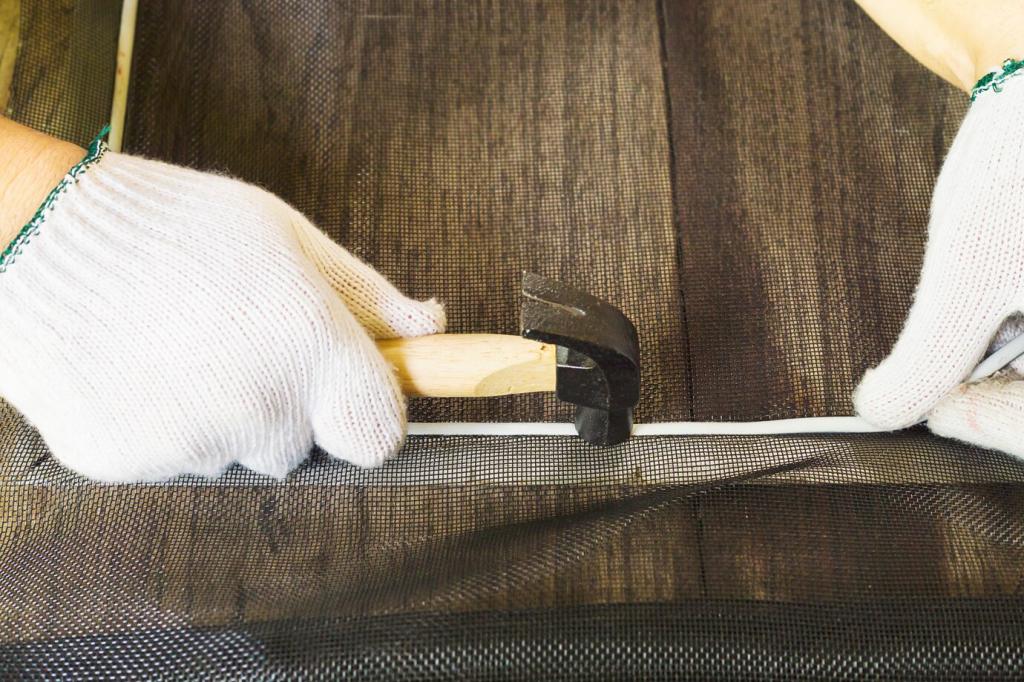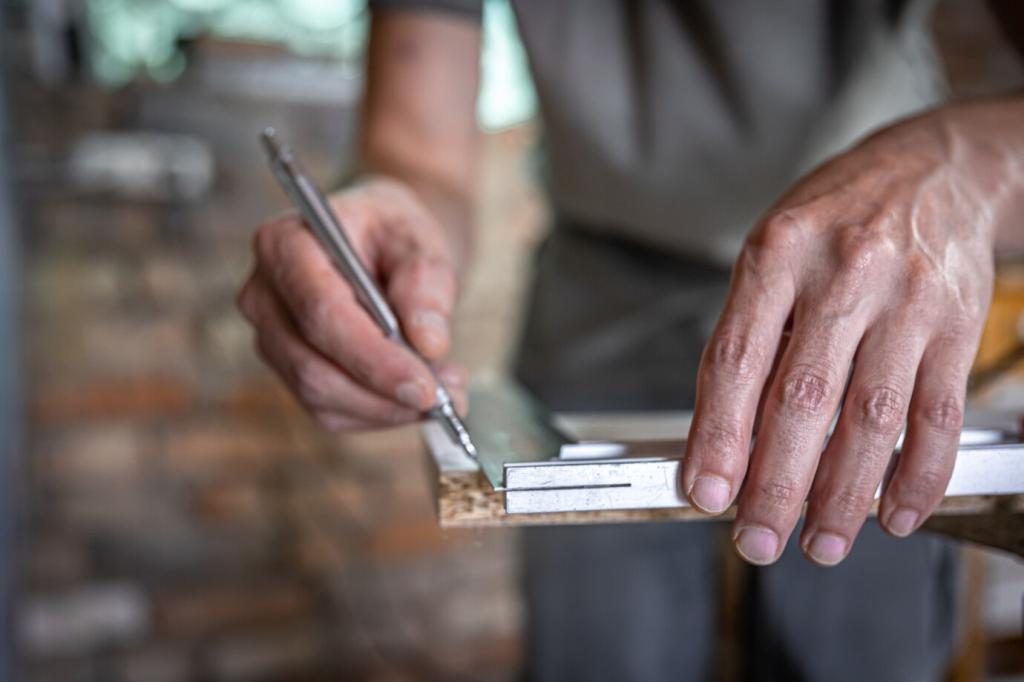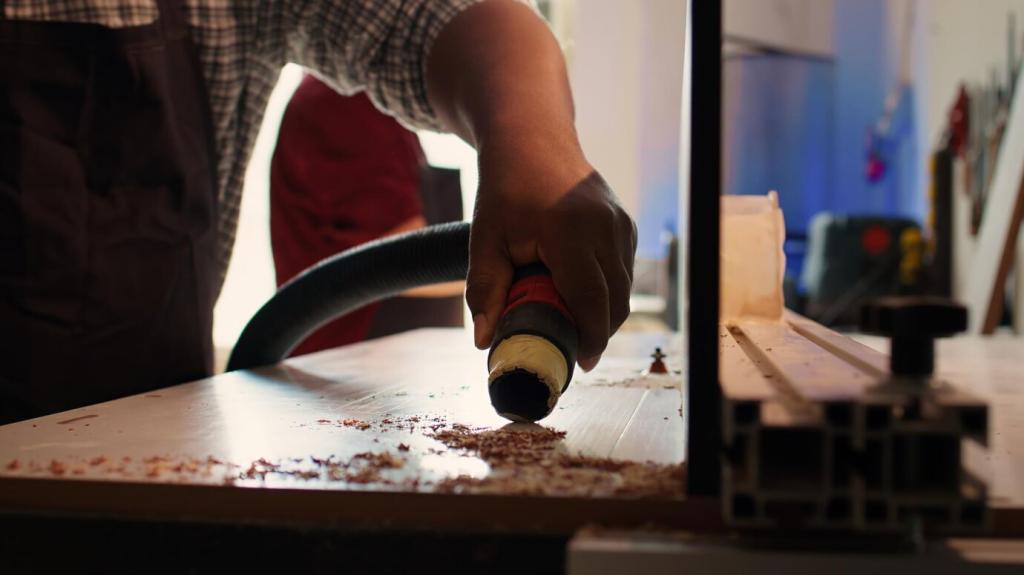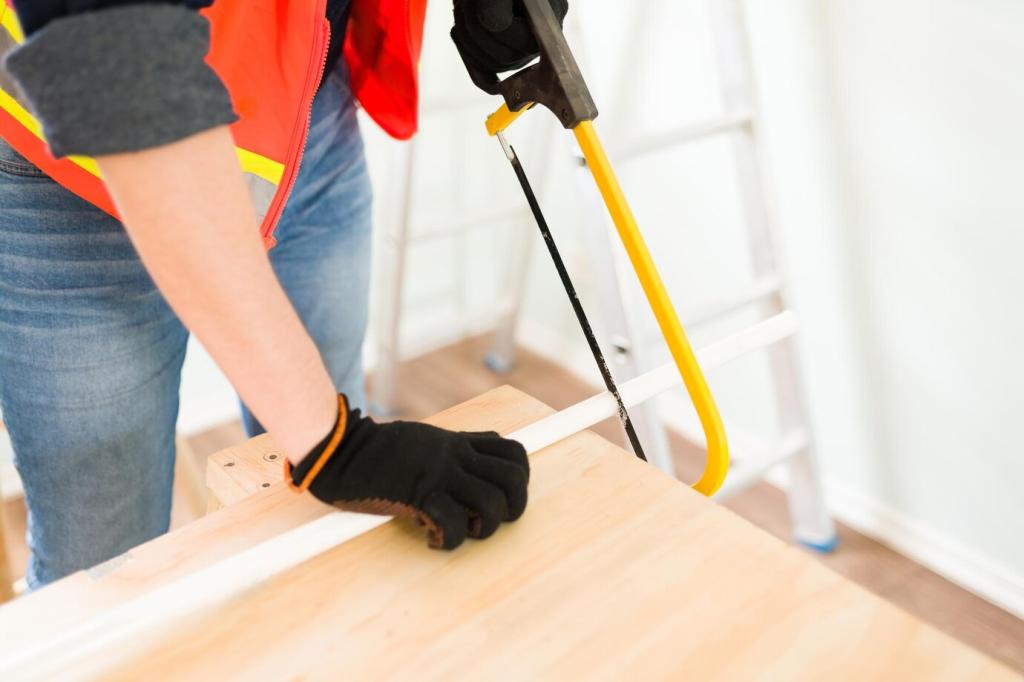
Conquer Every Spot: Advanced Stain Removal Techniques
Selected theme: Advanced Stain Removal Techniques. Dive into the science, strategy, and real-world methods that banish stubborn stains without harming your favorite fabrics. Join our community, share your toughest stain stories, and subscribe for weekly expert-level tips.
The Science Behind Stains
Like dissolves like: polar stains prefer polar solutions, while oily residues surrender to nonpolar solvents and surfactants. Map the stain’s chemistry first, then match with targeted agents. Tell us which tricky combo you want decoded next.
The Science Behind Stains
Many stains shift or release when pH changes. Acidic rinses tame alkaline residues, while alkaline solutions loosen greasy soils. Use buffered products to control swings. Share your pH wins or worries, and we’ll troubleshoot together.





Category Playbook: From Wine to Motor Oil
Tannin Troubles: Coffee, Tea, and Red Wine
Tannins bind fiercely to fibers. Flood with cool water, apply mild surfactant, then oxygen bleach as needed. An anecdote: a winery host revived napkins overnight using timed soaks. Tell us your favorite wine-rescue ritual below.
Grease and Oils: Kitchens and Garages
Lipids demand emulsifiers and time. Work in a high-performance surfactant, add a safe solvent booster, then rinse cool before laundering. Readers often find success with staged emulsification. Share your before-and-after photos to inspire others.
Proteins and Body Fluids: Blood, Dairy, Egg
Proteins coagulate with heat, so start cool. Apply protease-rich enzyme pre-treaters, allow dwell, then rinse and reapply if needed. A paramedic wrote us about saving uniforms this way. Ask for our enzyme timing chart in comments.
Advanced Tools, Agents, and Safety
Use targeted enzymes for specific soils: protease for proteins, amylase for starches, lipase for fats. Control temperature and time to avoid fiber stress. Curious about mixing enzymes? Ask and we’ll share compatible sequencing tips.
Advanced Tools, Agents, and Safety
Oxygen bleach lifts oxidizable stains with broader fabric safety, while chlorine is potent but riskier for fibers and dyes. Favor oxygen on colors and delicates. Post a fabric type and stain, and we’ll recommend a safe route.
Advanced Tools, Agents, and Safety
Energy accelerates removal, but heat can set stains. Use warm water only after stain chemistry says yes. Ultrasonic baths and controlled steam lift particulates effectively. Tell us your setup, and we’ll suggest safe power settings.
Cabernet on Vintage Linen
A reader soaked a linen runner in cool water, applied a gentle surfactant, then pulsed oxygen bleach soaks. Stain faded gradually without fiber stress. Have heirloom linens? Ask for our ultra-conservative, museum-inspired protocol.
Ballpoint Ink on a Dress Shirt
Ink loosened with incremental isopropyl alcohol blots under the stain to prevent spread, followed by surfactant and rinse cycles. Slow, methodical lifts won. Share your pen brand and fabric, and we’ll tailor a micro-plan.
Sunscreen and Makeup on Silky Blouses
Oil-heavy sunscreen met a lipase pre-treat, then a cool emulsifying wash. Pigments needed a second pass with mild oxygen bleach. The finish preserved drape and sheen. Post your product ingredients for a refined recipe.




